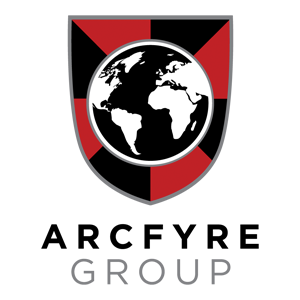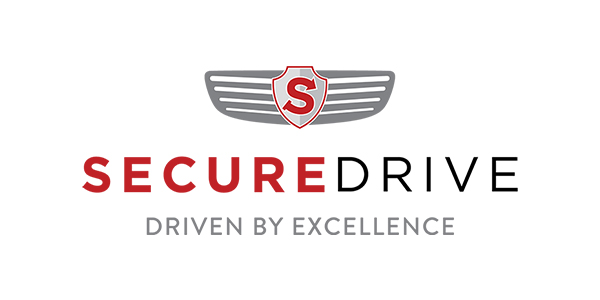While Africa promises some of the best regional economic growth rates in the medium term, a recent spike in security threats is compelling companies to improve security for their people and assets. Jared Higgins, CEO of Secure Drive discusses the role that journey management has in not only protecting people, but ensuring business stability and continuity in an affordable way.
Africa is the second fastest growing economic zone in the world, behind South Asia, with an expected GDP growth of 4% in 2019 and 4.1% in 2020 after expanding to 3.5% in 2018. This growth is set to be led by East Africa, North Africa and West Africa, driven by improved tourism, manufacturing, infrastructure and commodities.
A wealth of untapped opportunity is wide open for the right kind of investment, but these ventures need a hands-on approach and key people often have to travel to these territories to get a deep understanding of the societies, laws and the physical landscape. Despite advances in technology, teleconferencing is still woefully inadequate when billions of dollars are at stake.
The need for multinationals to travel into Africa has never been greater, but with this has come the increase in personal risk to employees travelling for business development, relationship building and information gathering.
According to a study by West Point’s Combating Terrorism Center on the kidnapping of Westerners from 2000-2015, Africa had the second highest number of Westerners kidnapped (456). In the Middle East, 469 suffered the same fate, as did 154 in Asia. Non-Western countries where high levels of unrest intersect with Western investments tend to have the most kidnappings.
For example, according to the study, the majority of Nigeria’s 192 expat kidnappings occurred in the Niger Delta region due to the heavy presence of oil companies. This is in contrast to the eight kidnappings by northern Nigeria-based Islamist extremist groups in the same time period, likely because of the relative lack of Western investment in those areas of the country. In most cases, kidnapping victims are released, and organisations do not disclose when or how much ransom is paid because such payment can be interpreted as supporting terrorist organizations.
Apart from the risk from criminal (or terrorist) attacks, visiting a foreign country with very different law enforcement, emergency services, traffic patterns and driving styles can present a bigger risk that initially anticipated, especially within the business context.
Whether you run a fast-growing corporation or lead a goodwill organisation doing outreach work, your people are your most valuable asset in an ever-changing environment of constant technological and political change.
Organisations that demonstrate the highest commitment to keeping their people well protected during their stay in high risk countries are most likely to attract and keep the best talent and ensure the most sustainable business growth.
While it’s vital to protect your people, hiring a round-the-clock team of security personnel might not be realistic from a cost perspective, and in some cases might have the opposite effect of drawing unwanted attention.
An analysis of thousands of incidents reveals that by far the highest risk is on the road, when people are moving from one place to another. By focusing on this part of your workers’ trip you can save on security costs while drastically reducing risk and ensuring a more pleasant, stress-free experience of the country.
As part of their increasingly mandated Duty of Care obligations, companies are investing in the critical function of journey management for their traveling employees, especially in higher-risk locations.
Secure Drive’s tailor-made secure passenger transportation service covers more than 40 countries in Africa, the Middle East and Asia, employing security driving staff who undergo comprehensive security checks and training in multiple skillsets, which can include advanced and defensive driving, hijack prevention, counter surveillance and first aid.
So, while journey management might cost a bit more than a taxi or an app-based ride, it offers your business far more value and your staff an increased peace of mind so they can focus on their work instead of stressing about how to navigate an unfamiliar and potentially risky environment.
What does journey management involve?
Journey management, a term coined by the oil and gas industry, has evolved to encompass a holistic approach with a dynamic set of concepts and tools. These systems are designed to effectively manage the pre-trip, on-trip and post-trip stages to reduce unnecessary travel, minimise time spent travelling and the control a variety of risks faced during travel.
Various road, traffic, driver, weather, vehicle and supplier hazards are analysed and a customised journey management plan is developed for the unique set of circumstances.
At the pre-trip stage, the question: “Is this trip necessary?” is asked and if travel can’t be avoided, structures to mitigate risks need to be identified.
A detailed pre-trip plan should either remove, redesign or limit exposure to hazards, and travellers need to be provided with thorough knowledge and compliance with safety tools.
During the trip, continuous tracking, driving patterns or behaviour, driver fatigue monitoring and a detailed communication policy are adopted. Customers are also supported by Global Security Operations Centre (GSOC) that provides real-time, on ground intelligence and information about traffic events that could affect your journey.
After the trip, a project debrief is conducted with identified learnings, along with vehicle maintenance and traveller feedback compiled in a comprehensive report.

